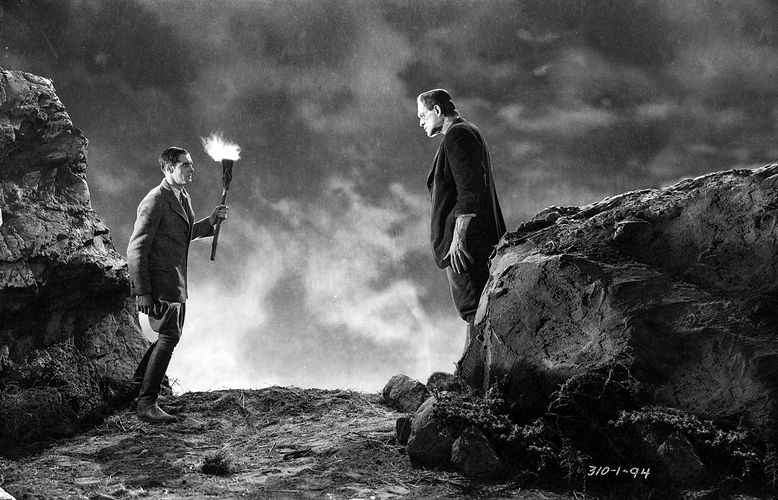In the Los Angeles Review of Books, Adam Fales reviews three recent books—two novels and one “poetry narrative”—that rework the Gothic genre to confront the dark, paranoid, and monstrous world of today. As Fales demonstrates, in different but complimentary ways, these authors suggest that the unearthing and rewriting of buried history can be valuable for understanding the present. Here’s an excerpt:
This latter aspect of Gothic novels — their narrative technique — is a key focus of three recent books that adapt 19th-century British Gothic novels to a contemporary, international context. In Frankenstein in Baghdad (originally published in 2013 and translated into English from the Arabic by Jonathan Wright in 2018), Ahmed Saadawi hacks apart Mary Shelley’s Frankenstein (1818) to reconfigure it in the year 2005 in Iraq. For her new book Melmoth, Sarah Perry unearths Charles Robert Maturin’s Melmoth the Wanderer (1820) and transports it to the Czech Republic in the 21st century. And in her poetry narrative R E D, published in May, Chase Berggrun finds a new story coursing through the veins of Bram Stoker’s Dracula (1897). These books hardly resemble each other, except in their authors’ shared interest in how the Gothic narrative has changed over time. In diverse ways, Melmoth, Frankenstein in Baghdad, and R E D explore the genre’s materiality both textually and extratextually by updating the plots of these classics while also featuring the books themselves in their plots.
Through their literary investigations, these authors challenge many of the assumptions about history, race, and gender that underlie their Gothic predecessors. They understand the way that history preserves certain stories while precluding others. Beyond merely noting a presence or absence in our historical memory, these authors are interested in describing the visceral and material ways that stories reach our present moment (or, of equal importance, the ways they don’t).
This investigation can occur in a literal archive, as in Perry’s retelling of Melmoth, or it can happen in the wreckage of an explosion on a Baghdad street, as in Saadawi’s Frankenstein in Baghdad. Always it takes place in the words (and the spaces between them) that make up our books, conversations, and questions about history, as Berggrun’s R E D illustrates. These books show how our contemporary moment may be just as “Gothic” as the 19th century of their predecessors. Even as our terrors change, our encounters with them remain remarkably similar. History repeats itself, first as someone else’s fear, then as our own.
Image: Still from the 1931 movie Frankenstein, based on Mary Shelly’s novel. Via National Geographic.
